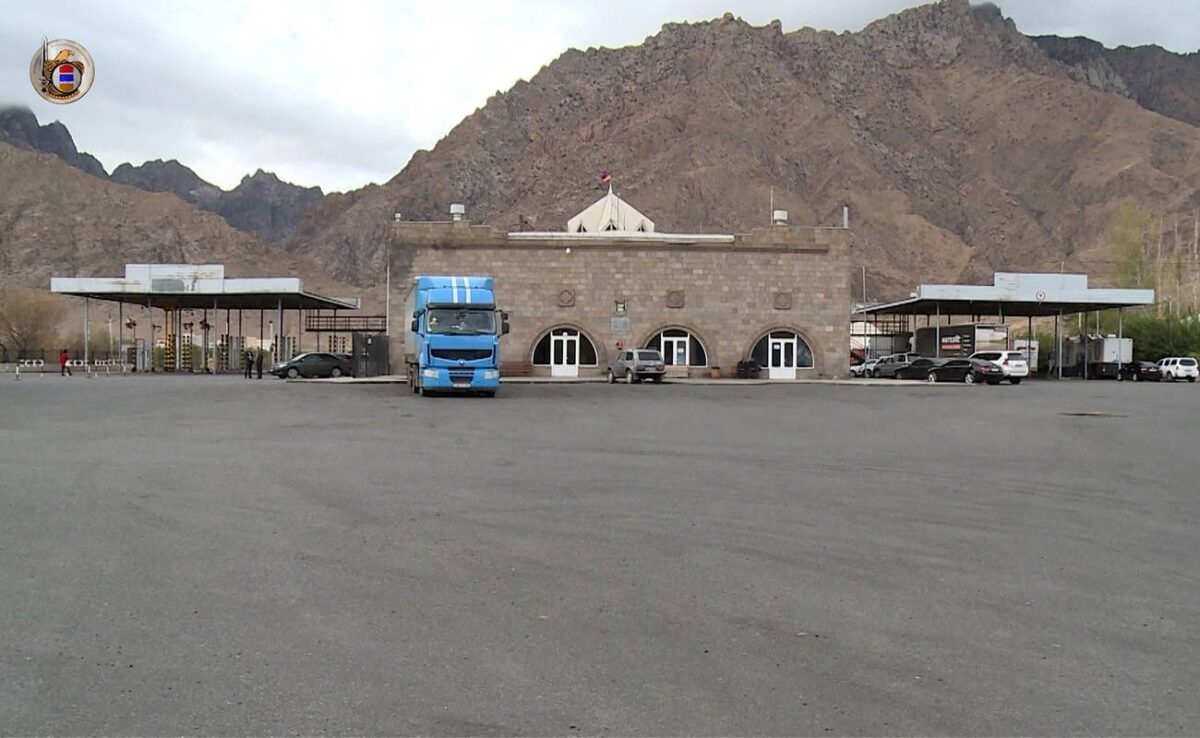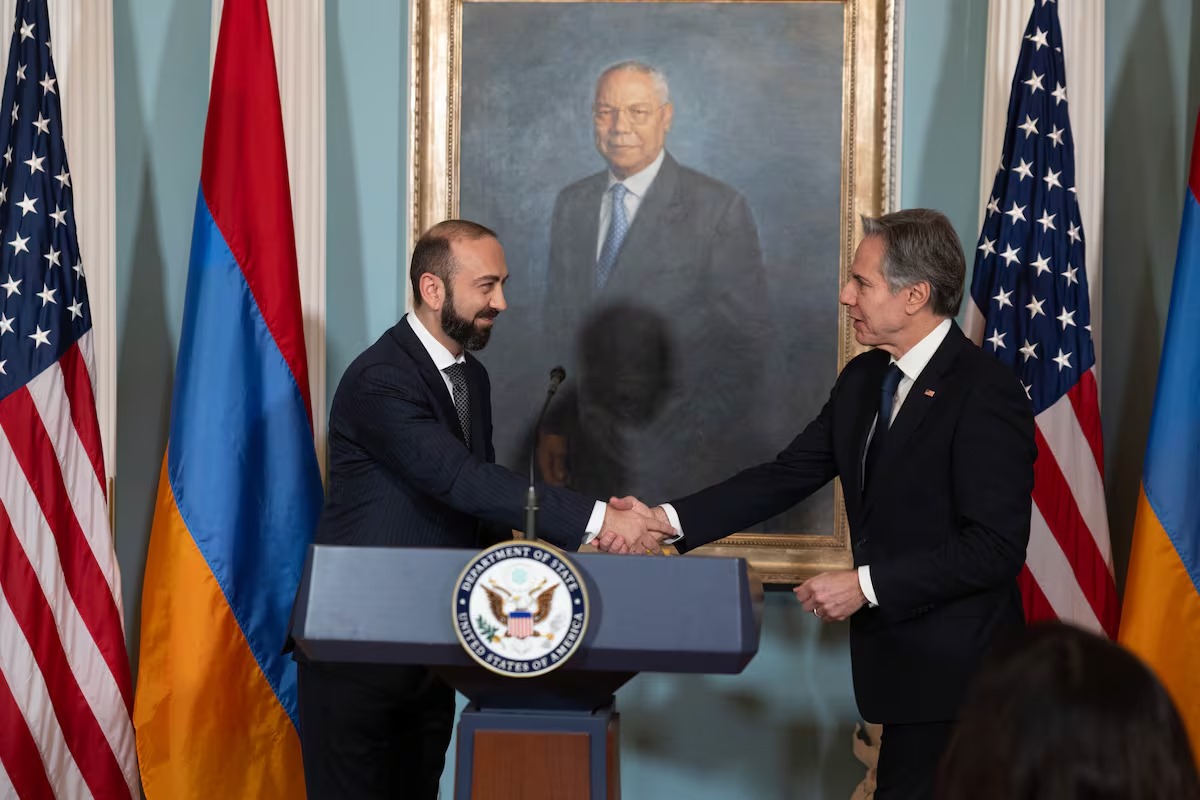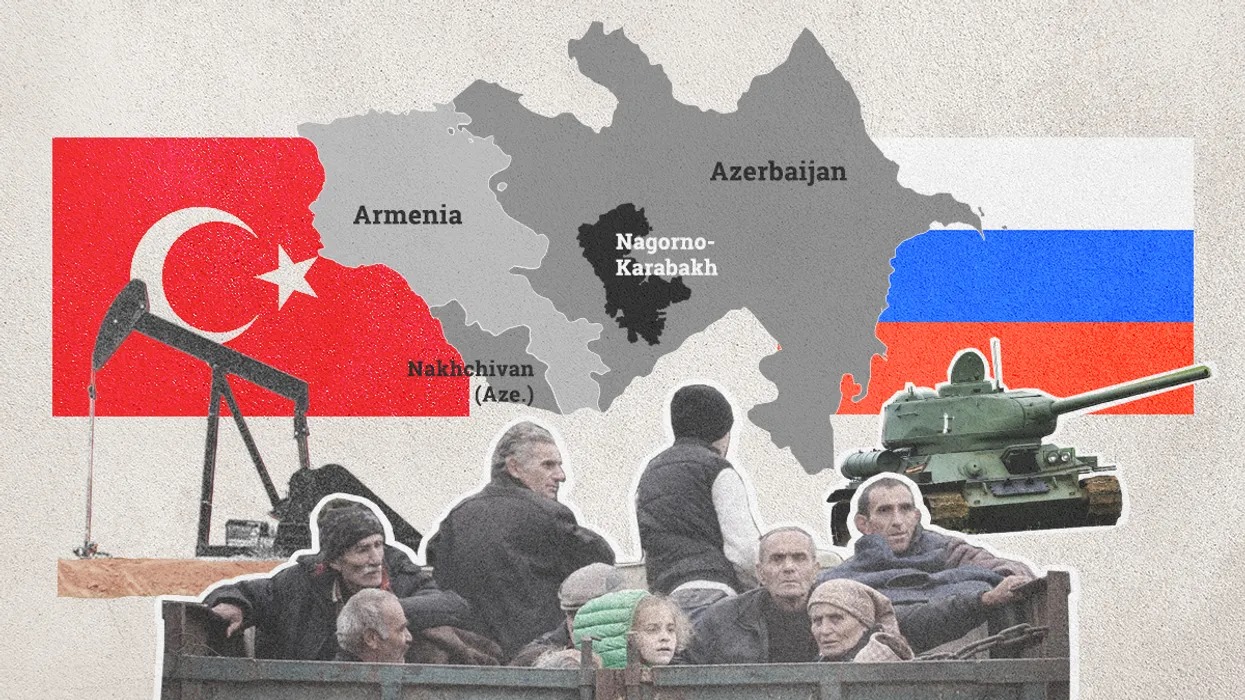Borderline History: Russia Withdraws After Three Decades At Key Checkpoint
This action solidifies Armenia’s authority over its southern border region.


Russia has officially ended its 30-year presence at the Agarak border checkpoint on the Armenia-Iran border. This significant move, announced by the Institute for the Study of War and confirmed by Armenian Prime Minister Nikol Pashinyan, stems from an agreement reached between Pashinyan and Russian President Vladimir Putin in October 2024.
As of January 1, 2025, Armenian border forces have assumed full control and management of this strategic crossing. This transition follows a similar development in July 2024, when Russian guards withdrew from Yerevan’s Zvartnots International Airport. Together, these moves represent Armenia’s increasing autonomy in managing its national security.
These developments mark a pivotal shift in Armenia-Russia relations, historically characterized by close political, economic, and military ties.
Deteriorating Relations Amid Regional Tensions
The withdrawal of Russian guards highlights the growing strain in Armenia-Russia relations, which have deteriorated significantly since Russia’s invasion of Ukraine in 2022. Moscow’s lack of intervention during the border conflict between Armenia and Azerbaijan further fueled dissatisfaction in Yerevan, prompting Armenia to reassess its reliance on Russia.
The Russian Foreign Ministry previously expressed concerns over the withdrawal, citing potential risks to Armenia’s security and economic development. However, Armenia had been advocating for the removal of Russian border guards since March 2024, citing escalating tensions with Moscow.
Strategic and Symbolic Implications
Russia’s withdrawal from the Agarak checkpoint underscores Armenia’s sovereignty over its southern border, a 44-kilometer stretch shared with Iran. Russian forces had patrolled this area since Armenia’s independence in 1990.
Prime Minister Pashinyan welcomed the transition in a Facebook post, stating:
“From today, border control is carried out entirely by officers of the Border Guard Forces of the Republic of Armenia at the Agarak border crossing on the state border between Armenia and Iran. Until now, border control was conducted by officers of the Border Guard troops of the Russian Federation at Agarak. I want to thank them for their service and wish success to our border guards who are now assuming responsibility.”
A Symbol of Armenia’s Autonomy
This transition reflects Armenia’s efforts to redefine its national security policies and reduce its dependence on Russian military support. The significance of this shift was previously highlighted by Igor Sushko, a Ukrainian living in the United States, who noted the importance of the withdrawal. In July, Sushko shared a video on social media showing Russian guards leaving Zvartnots International Airport, remarking:
“After 32 years, Russian border guards have left their posts at Zvartnots International Airport in Yerevan at Armenia’s request.”
A Turning Point in Geopolitical Strategy
The withdrawal from Agarak signals a critical turning point in Armenia's journey toward greater independence in border management. It also represents a broader reorientation of its geopolitical strategy in a region marked by complex alliances and rivalries. For Armenia, this move not only strengthens its sovereignty but also serves as a significant step in reshaping its security and diplomatic landscape.
Stay In The Know
Get exclusive access to fashion and beauty trends, hot-off-the-press celebrity news, and more.

Mariam Hovhannisyan is a political writer and analyst with a focus on governance, policy, and global affairs. With a deep understanding of political dynamics and social change, she provides sharp analysis on key issues shaping the world today.
-
 Media Admits Fault, Apologizes To Prince Harry For Violating Princess Diana’s Privacy
Media Admits Fault, Apologizes To Prince Harry For Violating Princess Diana’s PrivacyPrince Harry settles phone-hacking lawsuit, receives substantial damages, and apology.
By Mariam Hovhannisyan Published
-
 Armenia's Strategic Deal With The Us Marks Further Break From Russia
Armenia's Strategic Deal With The Us Marks Further Break From RussiaArmenia pivots towards US, signs strategic deal, reducing Russia's influence.
By Mariam Hovhannisyan Published
-
 Armenia Calls For Global Action Amid Nagorno-Karabakh Humanitarian Crisis
Armenia Calls For Global Action Amid Nagorno-Karabakh Humanitarian CrisisArmenia addresses Nagorno-Karabakh crisis, focusing on aid, resettlement, and peace.
By Mariam Hovhannisyan Published